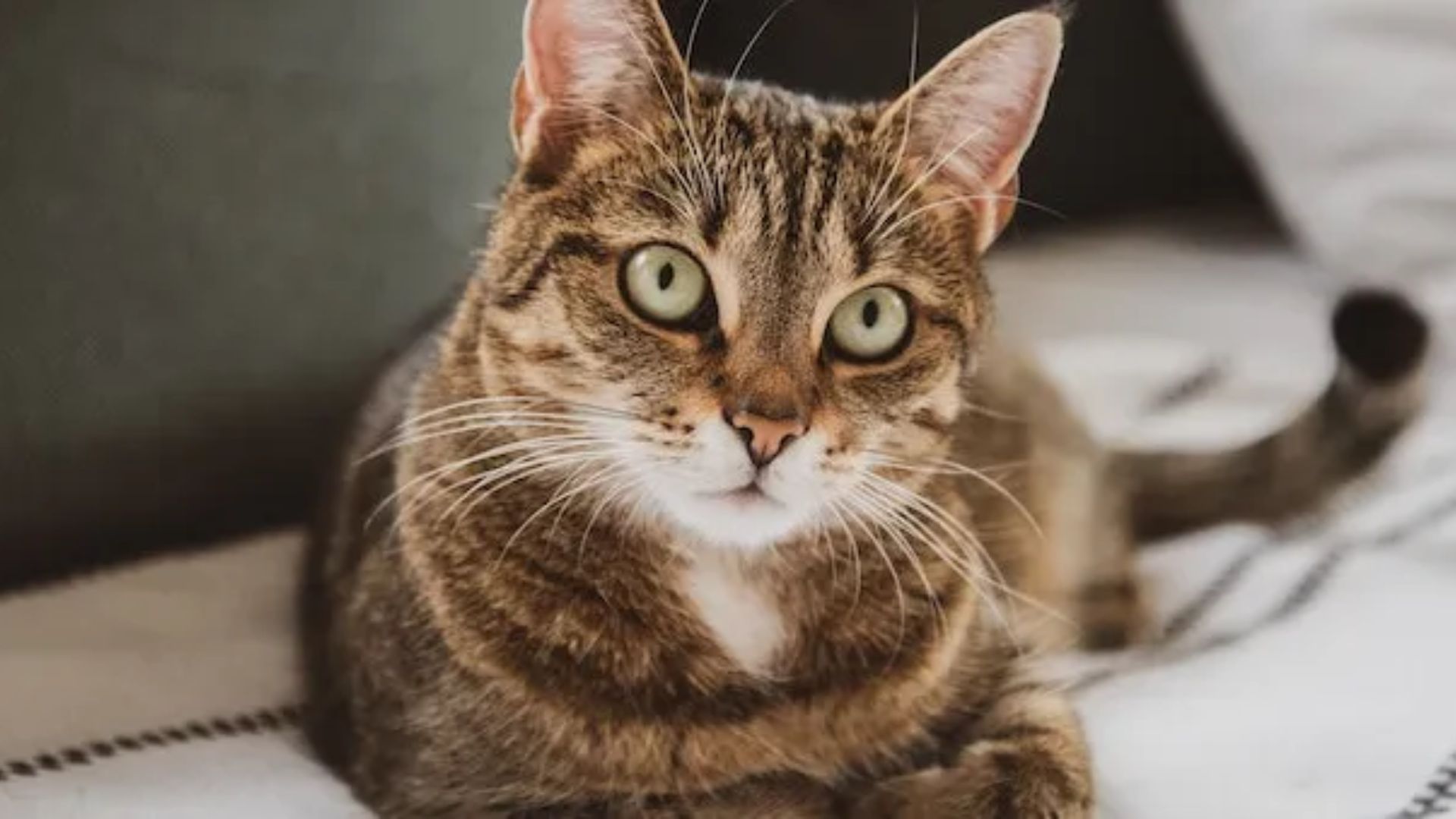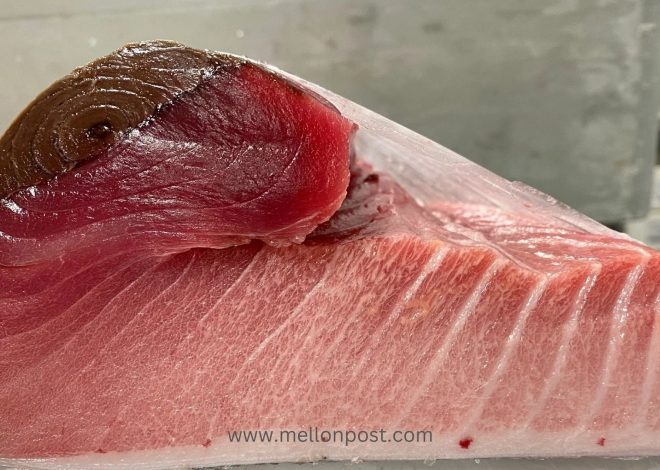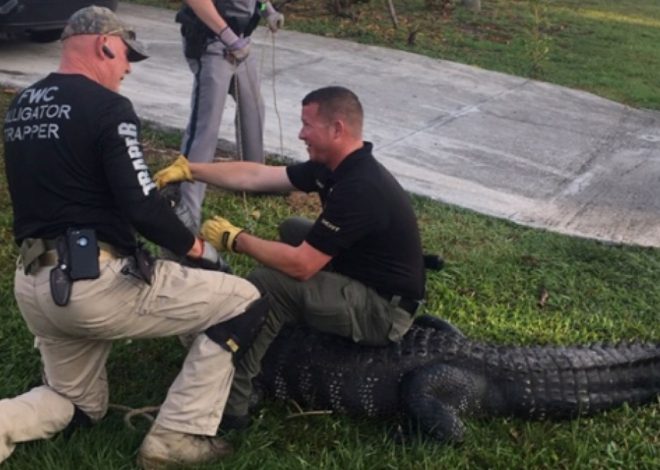
How Long Can Cats Go Without Food ?
Table of Contents
Cats are fascinating creatures with unique nutritional needs. As obligate carnivores, they rely on meat to survive and thrive. However, sometimes, cats may not eat for various reasons, leading to concerns about how long they can survive without food.
This article will explore the topic of how long cats can go without food and the factors that affect their ability to survive without food.
Understanding the Basics
Cats are known for their independence and self-sufficiency, but they still need regular meals to maintain their health. The average lifespan of a cat is 12-18 years. However, when it comes to food, how long can cats go without eating?
Cats can survive for up to two weeks without food. However, this does not mean that it is healthy for them to go without food for such an extended period. In fact, it is recommended that cats be fed daily and not left without fresh food for more than 24 hours.
Factors Affecting a Cat’s Ability to Survive Without Food
Several factors can affect a cat’s ability to survive without food. These include:
- Age: Kittens and elderly cats are more susceptible to the effects of food deprivation than adult cats.
- Health status: Cats with underlying health issues, such as kidney disease or diabetes, may have a harder time surviving without food.
- Hydration: Cats can survive for longer without food if they have access to water.
- Environment: Cats living in a stressful or unfamiliar environment may be less likely to eat.
What Happens When a Cat Doesn’t Eat?
When a cat doesn’t eat, its body begins to use its fat reserves for energy. This process, known as lipolysis, can lead to the breakdown of fatty acids, which can be toxic to the liver.
If a cat goes without food for an extended period, it can develop a condition called hepatic lipidosis, which can be fatal if not treated promptly.
Reasons Why a Cat Might Not Eat
There are several reasons why a cat might not eat, including:
- Illness: Cats that are sick or in pain may not feel like eating.
- Dental issues: Cats with dental problems may have difficulty eating.
- Stress: Cats that are stressed or anxious may not eat.
- Pickiness: Cats can be finicky eaters and may not like the food that is offered.
- Changes in routine: Cats that experience changes in their routine, such as a new pet or a move, may not eat.
What to Do If Your Cat Isn’t Eating
If your cat isn’t eating, it’s essential to determine the cause and address it as soon as possible. Here are some steps you can take:
- Offer a variety of foods: Try offering different types of food, such as wet or dry, to see if your cat will eat.
- Consult your vet: If your cat doesn’t eat for more than 24 hours, it’s essential to consult your vet to rule out any underlying health issues.
- Provide a comfortable environment: Make sure your cat’s food and water bowls are clean and in a quiet, comfortable location.
- Reduce stress: Try to reduce stress in your cat’s environment by providing hiding places and reducing noise and activity.
How to help a cat that is not eating
To help a cat that is not eating, there are several strategies you can try which includes:
1. Offer Different Food Options: Try offering wet food at different temperatures, such as cool/cold, room temperature, or warmed up. Adding in dry food, treats, or food toppers like low-sodium chicken broth, tuna juice, or catnip can entice your cat to eat.
2. Enhance Smell and Flavor: Enhancing the smell and flavour of the food can stimulate your cat’s appetite. This can be done by warming the food, adding water or low-sodium chicken broth, tuna juice, or pet-specific food toppers. Sprinkling catnip on their food or feeding them in a quiet location using a shallow ceramic bowl can also help.
3. Consult a Veterinarian: If your cat refuses to eat for more than 24 hours, especially if they have certain pre-existing conditions like diabetes or obesity, it’s crucial to consult a veterinarian for evaluation and care. A prolonged lack of appetite can lead to serious health issues like hepatic lipidosis (fatty liver disease).
4. Identify Underlying Issues: Loss of appetite in cats can be a sign of illness, dental problems, emotional or environmental stress, changes in diet or routine, pain while eating, indigestion, kidney disease, or gastrointestinal problems. Identifying the underlying cause is essential for proper treatment.
5. Feeding Techniques: Give your cat canned or wet food, keep their food and water bowls clean, try drenching their solid food with tuna juice, provide nutritional supplements as recommended by a vet, and gently warm the food to release its aromas. Ensure your cat’s environment is stress-free and quiet during feeding times.
6. Medical Attention: If your cat continues to refuse food or shows other symptoms or behavioural changes, it’s crucial to monitor them closely and contact your vet promptly. Medical attention may be necessary to determine the cause of their lack of appetite and establish the best treatment plan.
By implementing these strategies and seeking veterinary advice when needed, you can help encourage your cat to eat and address any underlying issues affecting their appetite.
Some common reasons why cats stop eating
Some common reasons why cats stop eating include:
1. Illness: Loss of appetite in cats can be a sign of illness, and cats are adept at concealing pain and sickness. Sudden loss of appetite might be the only sign that something is wrong with their health, prompting the need for a veterinary evaluation to determine the cause and provide appropriate treatment.
2. Dental Problems: Cats with dental issues like infections, injuries, abscesses, broken teeth, oral tumours, or inflamed gums may experience pain while eating, leading them to avoid food. Dental pain can significantly impact a cat’s ability to eat comfortably.
3. Emotional and Environmental Issues: Changes in a cat’s routine or environment can cause stress, anxiety, or depression, leading to a loss of appetite. Cats are sensitive to changes in their surroundings, and disruptions can affect their eating habits.
4. Metabolic Issues: Metabolism slowing down, especially in older cats, can affect their appetite. Older cats may naturally experience a decline in appetite due to age-related changes in their bodies, such as decreased kidney function. Special dietary considerations may be necessary for older cats to support their health and well-being.
5. Gastrointestinal Problems: Cats may stop eating due to gastrointestinal issues like parasites, colitis, gastroenteritis, pancreatitis, or even cancer. These conditions can make it difficult or uncomfortable for cats to eat, leading to a loss of appetite.
6. Recent Vaccination or Medication: Changes in a cat’s routine, such as recent vaccinations or medications, can sometimes affect their appetite. It’s essential to monitor any changes in behaviour or eating habits following medical interventions to ensure they are not impacting the cat’s appetite negatively.
7. Digestive Obstruction or Indigestion: Issues like digestive obstruction, indigestion, or constipation can cause discomfort and lead to a cat refusing food or water. Identifying and addressing these digestive issues is crucial for restoring a cat’s appetite.
8. Anxiety, Stress, or Depression: Cats can experience emotional distress due to major changes in their routine or home environment, leading to a loss of appetite. Creating a calm and stress-free environment for the cat can help encourage them to eat.
9. New Food or Changes in Diet: Introducing new food or making sudden changes to a cat’s diet can sometimes lead to a loss of appetite. Slowly transitioning to new food and ensuring dietary changes are well-tolerated can help prevent disruptions in eating habits.
10. Kidney Disease: Kidney disease is a common ailment in cats, particularly in older cats, and can cause extreme nausea, leading to a loss of appetite. Monitoring kidney health and addressing any related issues is essential for maintaining a cat’s overall well-being.
These factors can contribute to a cat’s loss of appetite, highlighting the importance of monitoring their eating habits and seeking veterinary care if significant changes occur.
Some common dietary changes that can cause cats to stop eating
Some common dietary changes that can cause cats to stop eating include:
1. Introduction of New Food: Cats can be sensitive to changes in their diet, and introducing new food abruptly can lead to a loss of appetite. Cats may refuse to eat if they are unfamiliar with the taste, texture, or smell of the new food.
2. Changes in Food Type or Consistency: Altering the type or consistency of a cat’s food can impact their eating habits. For example, switching from dry food to wet food, or vice versa, can sometimes lead to a cat refusing to eat.
3. Unpalatable Food: Cats are known for being picky eaters, and if they find the food unappetizing or unpalatable, they may choose not to eat. Strong-smelling or unappealing food can deter cats from consuming their meals.
4. Overfeeding: Overfeeding can also lead to a cat refusing to eat. Cats receiving an excessive number of calories per day may not feel hungry and may reject food. This can be a common issue when free-feeding dry food, as it can lead to weight gain and a decrease in appetite.
5. Feeding Both Dry and Canned Food: Offering both dry and canned food simultaneously can overwhelm a cat’s appetite, leading to confusion and potential overeating. It can be challenging to regulate the amount of each type of food, causing cats to consume more calories than necessary and affecting their appetite.
6. Inadequate Portion Control: Inadequate portion control, especially with dry food, can result in cats not eating as expected. Providing specific meals and avoiding snacking can help maintain a healthy feeding routine and prevent overeating or undereating.
7. Lack of Variety: Cats may become bored with their food if they are consistently offered the same type of food without variety. Lack of variety in a cat’s diet can lead to disinterest in eating and may result in a cat refusing to consume their meals.
These dietary changes can significantly impact a cat’s eating behaviour, emphasizing the importance of gradual transitions, monitoring portion sizes, and providing a balanced and appealing diet to maintain their health and well-being.


